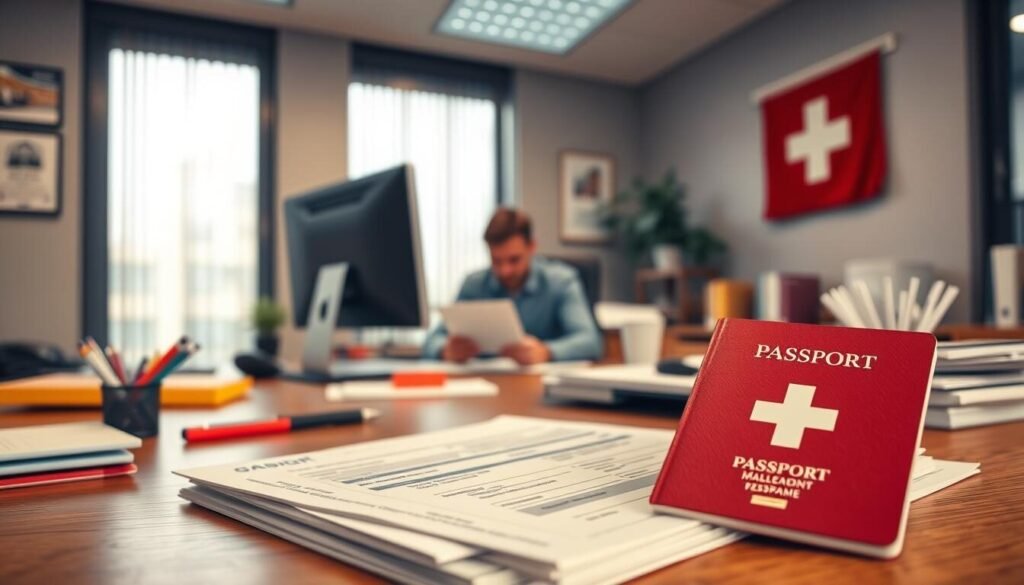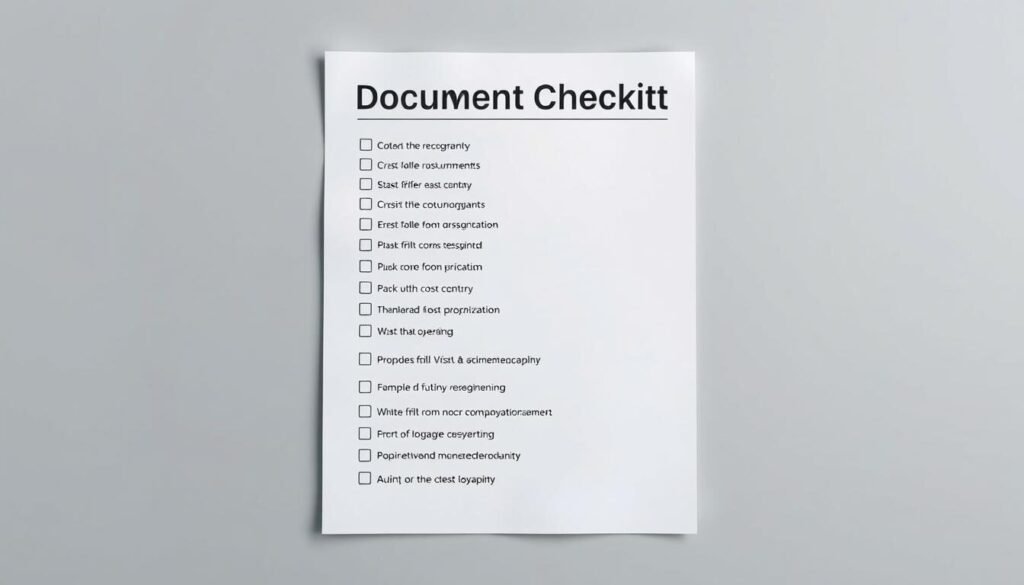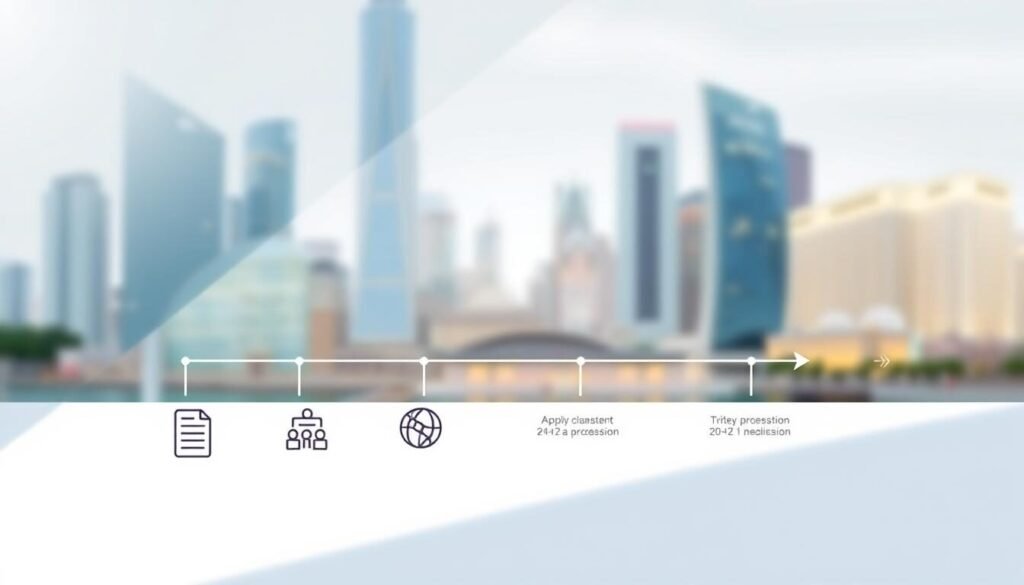Switzerland Travel Requirements: The Visa Mistake That Ruins Vacations
Picture this: Over 20,000 travelers each year get turned away at European borders for one avoidable reason. Many assume their dream alpine getaway requires nothing more than a passport and excitement—until reality hits at customs.
What feels like tedious paperwork is actually your golden ticket to stress-free adventures. Skipping proper preparation isn’t just risky—it’s the difference between sipping cocoa in Zermatt and explaining yourself to immigration officers.
You might think, “I’ve traveled before—how complicated could it be?” But entry rules change frequently. What worked last year could leave you stranded today. Even seasoned explorers make costly oversights with documentation or deadlines.
This guide cuts through the confusion. You’ll discover exactly what you need for seamless entry, tailored to your specific situation. No jargon, no guesswork—just clear steps to protect your plans and budget.
By the end, you’ll navigate entry protocols like a pro. Your Swiss escape? It’ll be all about mountain views and fondue—not frantic phone calls to embassies.
Switzerland visa requirements: What You Need to Kno
Imagine landing in Europe only to realize your paperwork doesn’t match your plans. The rules here work differently than other destinations—and knowing them early saves headaches later. Let’s break down how entry protocols affect your alpine adventure.
Overview of Swiss Visa Policies
Since Switzerland joined the Schengen Agreement, entry rules align with 29 European nations. Your passport’s origin decides everything. Americans, Canadians, and Australians enjoy 90 days without paperwork for tourism or business. But stay longer? That’s when permits kick in.
Trips involving work, study, or family reunions have stricter checks. Always verify your purpose matches what’s allowed visa-free. Mixing activities could mean unexpected forms or interviews.
Why Meeting Requirements Matters for Your Trip
Compliance isn’t just about stamps—it’s your access pass to neighboring countries like France or Italy. One valid Schengen visa lets you explore multiple destinations hassle-free. But miscalculate your 180-day window? You might face fines or bans.
Border agents scrutinize return tickets and accommodation proofs. Missing these could turn your dream vacation into a quick U-turn flight home. Preparation here isn’t optional—it’s essential.
Deciding If You Need a Visa for Your Trip
Planning your alpine adventure starts with one crucial question: Do you need official permission to enter? Your travel purpose and duration determine the answer. While some travelers breeze through border control, others face paperwork hurdles that demand early attention.
Visa Exemptions for U.S. Citizens
US citizens visiting Switzerland enjoy hassle-free entry for leisure travel and business meetings. You can stay up to 90 days within any 180-day window across the Schengen zone. Track your days carefully—time spent in France or Italy counts toward your total.
Long-Term Stays vs. Short-Term Visits
Stays exceeding three months require permits, even for American citizens. Travel for work or study demands authorization regardless of duration. Citizens from China, India, Russia, and most African nations must obtain approval before any visit—short or long.
Step-by-Step Guide to the Swiss Visa Application Process
Your alpine journey begins long before you board the plane. Understanding the structured approach to entry authorization ensures you meet every checkpoint confidently. Let’s walk through the stages that transform paperwork into passport stamps.

Preparing Your Application In Detail
Start by matching your travel purpose to the correct permit type. Tourism, business meetings, and family visits each have specific forms. Gather documents like flight itineraries and hotel confirmations early—this phase often takes 3-4 weeks to complete properly.
Double-check every detail in your application form. A single typo could mean delays. Need to visit multiple Schengen countries? List Switzerland as your primary destination if staying there longest.
Scheduling Your Appointment and Biometric Submission
Book your slot immediately after finalizing documents. Major cities like New York or Los Angeles face 2-3 week wait times during summer. Arrive 15 minutes early with originals and copies of all materials.
During the meeting, you’ll provide fingerprints and a photo. Officers review your paperwork on the spot—missing items mean rescheduling. Processing typically takes 10-15 days, so submit exactly 4-5 months before departure for buffer time.
Compiling Your Switzerland Visa Documents
Gathering the right paperwork transforms a stressful process into a smooth experience. Missing one item could delay your plans, while thorough preparation lets you focus on packing hiking boots—not panic emails.

Essential Documents Checklist
Start with your passport—it needs two blank pages and must stay valid for three months after your trip ends. Recent photos matter too: 3.5×4.5 cm with crisp white backgrounds, taken within six months.
Your financial proof shows you can afford the trip. Bank statements covering 90 days should reflect at least 100 CHF daily. Don’t forget confirmed flight bookings and hotel reservations matching your travel dates.
Complete the application form flawlessly. Pair it with medical insurance covering 30,000+ euros across Schengen countries. An employer letter adds credibility—include your job title, salary, and return date.
Supplementary Documents for Minors and Special Cases
Traveling with kids? Bring certified birth certificates and notarized consent letters from absent parents. Include copies of both guardians’ passports to verify custody rights.
Students and freelancers need extra proof of home ties. Enrollment letters or client contracts work well. Always double-check expiration dates on every document—old paperwork causes more headaches than mountain weather changes.
Navigating Visa Fees and Processing Times
Budgeting for your trip involves more than flights and hotels—official fees and wait times can make or break your plans. Let’s simplify the costs and timelines so you avoid last-minute surprises.

Understanding Standard Visa Fees
Most travelers pay 80 euros for standard authorization. Payments happen at your appointment in local currency. Kids under six? They skip this fee entirely. Students often get discounts too—check with your school program.
Managing Processing Times and Application Windows
Plan for 10-15 business days after submitting documents. Summer trips? Apply 12 weeks early—peak seasons create delays. Complex cases like work permits may take months.
Track your status online using your reference number. Missing your travel date? Some centers offer expedited services for urgent cases. Always confirm deadlines with your local consulate.
Pro tip: Submit during quieter periods like late winter. You’ll dodge crowds and speed up your timeline. Mark key dates on your calendar to stay ahead of the game.
Avoiding Common Visa Mistakes That Ruin Vacations
One in ten travelers faces heartbreak before their European adventure even begins. Last year’s 10.67% denial rate shows how easily small oversights derail travel plans. Let’s fix what most applicants miss—before your documents hit the consulate desk.
Preventing Incomplete Applications
Missing pages or unchecked boxes top rejection lists. Officers need every field completed—even optional ones. Print two copies of your form: one for submission, one for your records.
Financial slips cause 23% of denials. Statements must show daily funds without large unexplained deposits. Use official bank letters if balances dip below requirements.
Don’t let photo rules trip you up. Measure twice: 3.5×4.5 cm dimensions, plain white background. Glasses off, neutral expression. Update shots every six months.
Ensuring All Critical Documents Are Submitted
Flight dates conflicting with hotel bookings? Red flags everywhere. Align every reservation—even train tickets—with your stated itinerary. Use editable templates until dates finalize.
Your travel insurance must cover all Schengen countries. Policies under 30,000 euros or limited to specific regions get rejected instantly.
Time your submission like a pro. Apply 12-14 weeks before departure—not earlier. Consulates discard requests made outside the six-month window. Mark calendars for peak season buffer days.
Travel Safety and Security in Switzerland
Your safety toolkit starts with three digits: 112. While this alpine destination ranks among the world’s safest, smart travelers always prepare for unexpected situations. Let’s explore how to stay protected from city centers to mountain peaks.
Essential Emergency Protocols
Memorize Europe’s universal emergency number—112 connects you to help in any language. For faster response:
| Service | Direct Number | Use For |
|---|---|---|
| Police | 117 | Theft or security threats |
| Medical | 144 | Injuries or health crises |
| Fire | 118 | Fires or rescue operations |
Save these contacts in your phone and hotel notepad. Tourists often forget that mountain rescues aren’t free—verify your insurance covers alpine activities.
Smart Prevention Strategies
Pickpockets target crowded areas like Zurich’s Bahnhofstrasse. Use anti-theft bags and keep copies of your passport separate from the original. Pro tip: Leave flashy jewelry at home to avoid unwanted attention.
Check official country information weekly for updates. Recent advisories note increased vigilance at festivals and transport hubs due to global security concerns.
Hikers face unique risks—35% of mountain emergencies involve sudden weather shifts. Always tell someone your route and expected return time. Pack extra layers, even on sunny days.
Additional Tips for a Smooth Visa Experience
Timing can turn bureaucratic hurdles into minor speed bumps when handled strategically. Check your nearest consulate website for real-time processing updates—some locations face 40% longer waits during holiday rushes. A well-planned approach keeps your focus on packing, not panic.
Planning Ahead for Seasonal Variations
Summer and winter holidays create application bottlenecks. Book appointments 8-10 weeks before peak travel months. If you need a specific type of authorization, submit early—work permits often require extra review cycles.
Watch for regional events too. Major conferences in Schengen countries can delay document processing. Set calendar reminders 14 weeks before departure for buffer time.
Leveraging Online Resources for Updates
Bookmark official portals for instant rule changes. The consulate’s online tracker helps monitor your application status. Some sites offer chatbots that clarify type requirements in plain English.
Follow verified social media accounts for sudden policy shifts. Many Schengen nations now share digital permit updates through mobile apps. Pro tip: Enable notifications for urgent alerts about document submissions.





